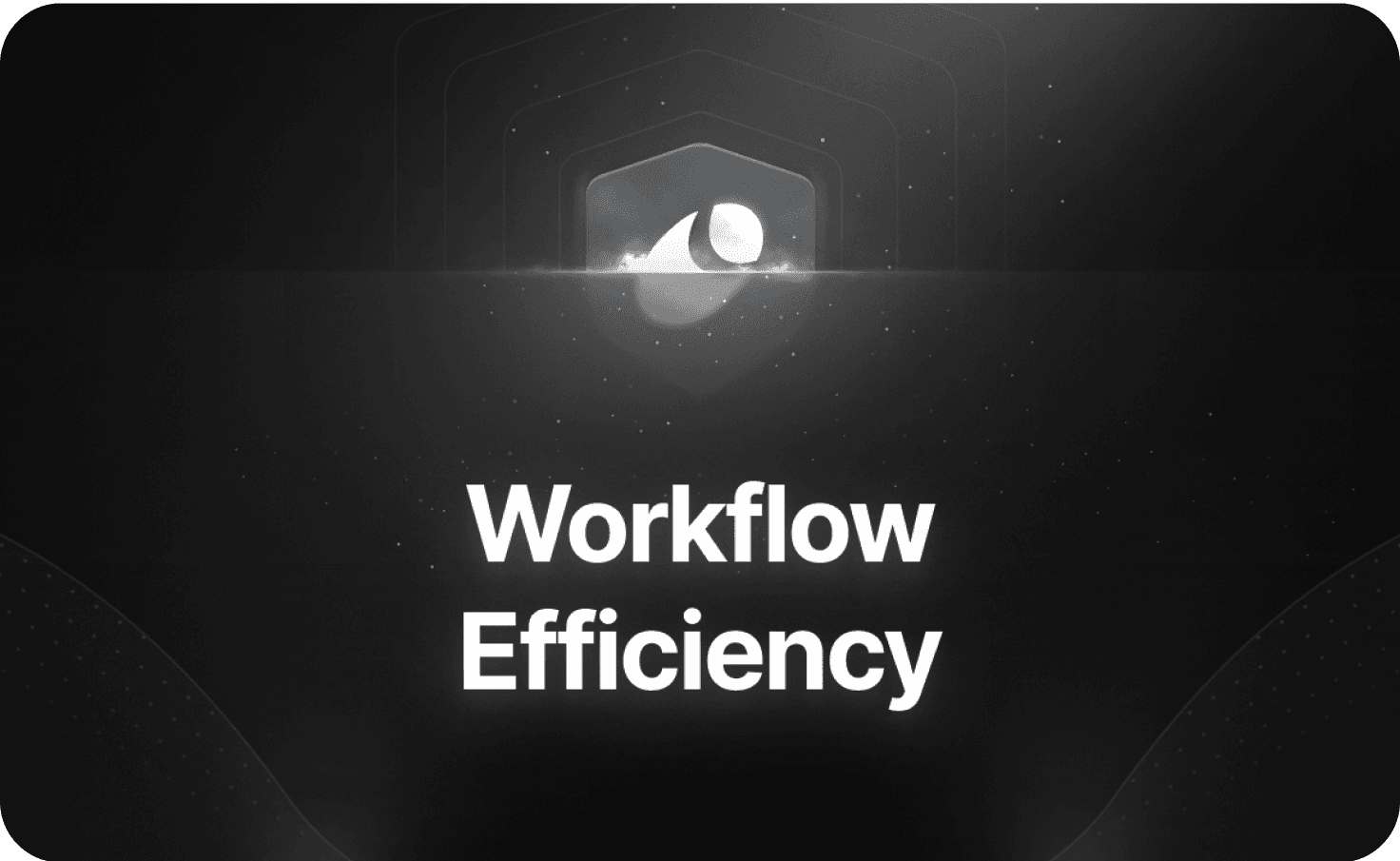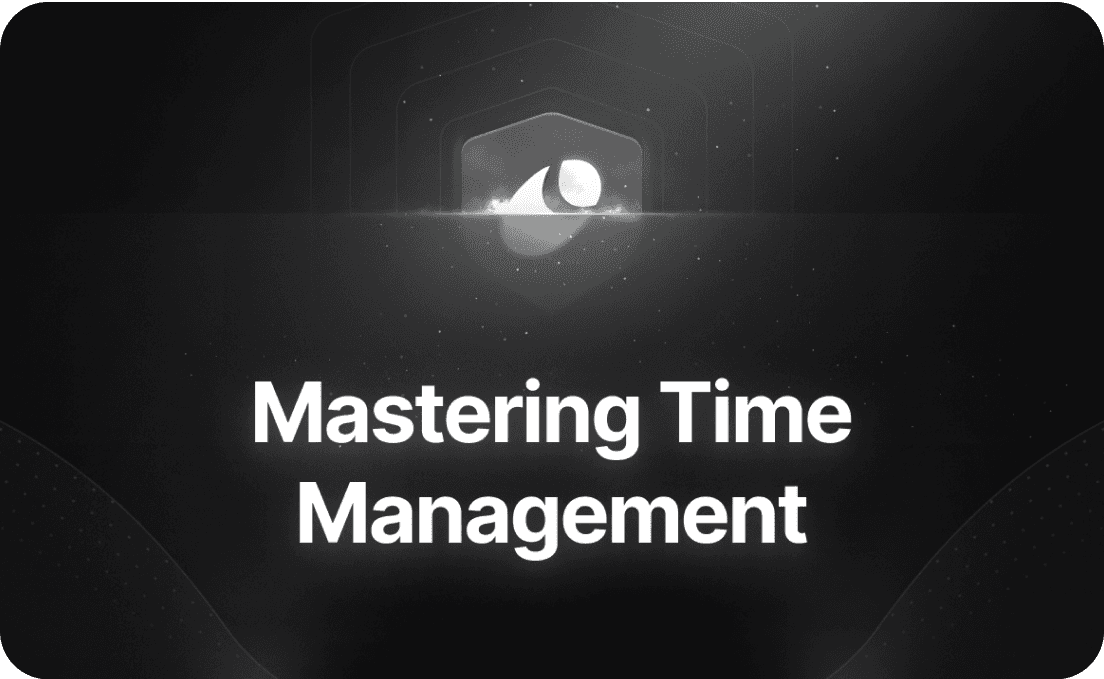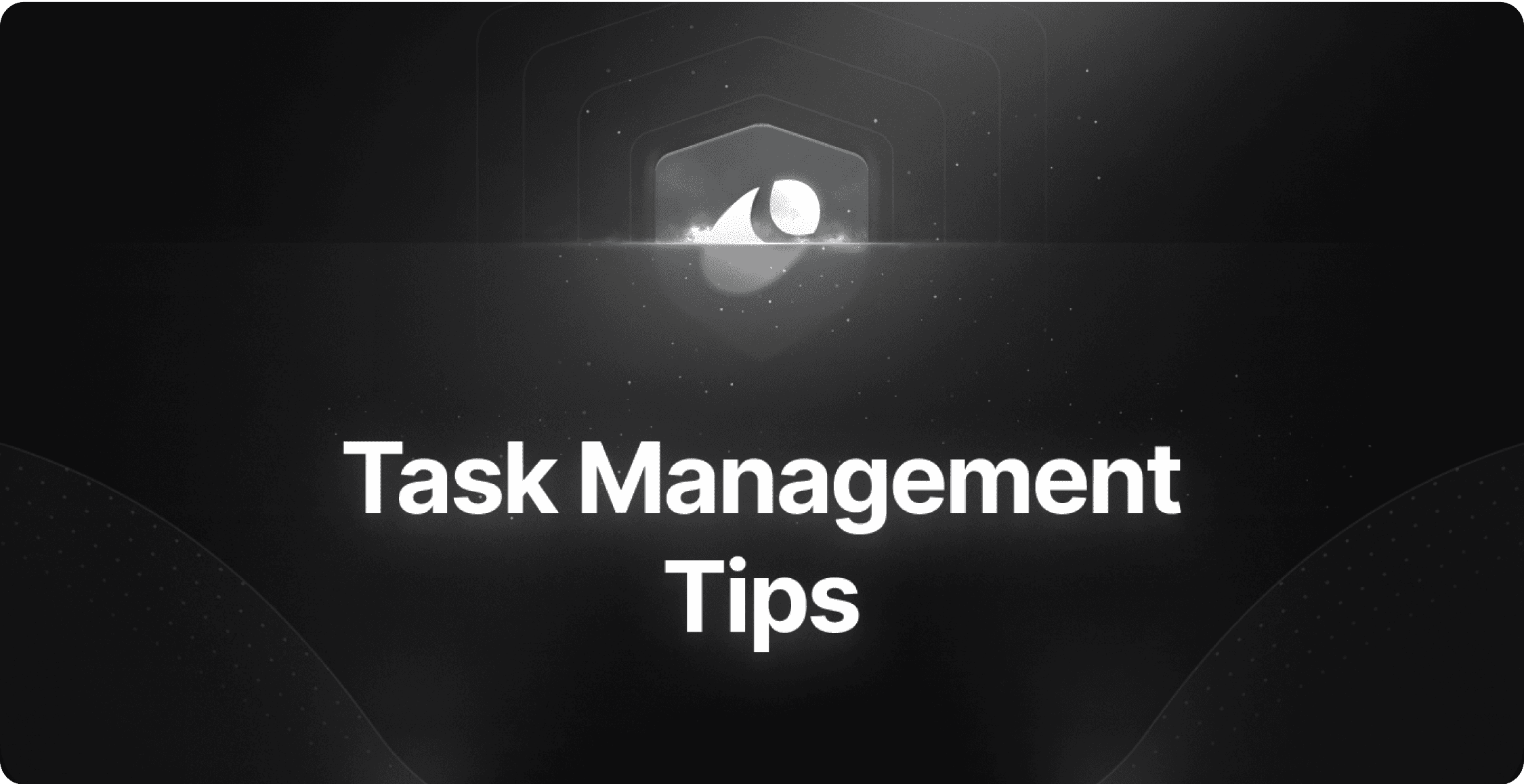Efficiency
How to Build a Customer Feedback System That Product Teams Actually Use
Most companies miss out on valuable customer insights. A mere 37% collect feedback to understand their customers' behavior. This gap seems surprising, especially since businesses that utilize data see 83% more revenue and 66% higher profits than their competitors.

Collecting feedback is just the beginning. Your product team needs a system they'll actually use. Product managers are paying more attention to customer-focused insights, with 46% increasing their efforts. Still, many find it challenging to turn this information into actual improvements.
This piece will help you build a customer feedback system that works. You'll learn to dodge common mistakes and create the right processes. The guide shows you how to establish a feedback loop that shapes product decisions. It doesn't matter if you're building from the ground up or enhancing your current system - you'll find practical steps to make customer feedback truly valuable for your team.
Why Most Customer Feedback Systems Fail
Organizations struggle to implement customer feedback systems effectively despite higher investments. Research shows that half of organizations fail to meet even 50% of their customer feedback goals26.
Common implementation mistakes
Poor survey design and timing create fundamental problems. Organizations create long questionnaires that put off participants - studies show response rates drop when surveys have more than two or three questions2. On top of that, businesses ask for feedback at the wrong times, like days or weeks after an interaction. This leads to unclear or wrong responses27.
Customer feedback fatigue is another big issue. About 80% of consumers feel bombarded with too many feedback requests27. This overload reduces response quality and risks pushing away customers who could give valuable input.
Missing team buy-in
Lack of leadership support blocks successful feedback implementation. Without clear support from top management, customer experience projects don't get enough resources or priority26.
Staff training and involvement also substantially affect how well feedback systems work. Front-line employees play a vital role in giving exceptional customer experiences. Many organizations don't train their staff properly on how to collect and handle feedback. This oversight makes customers loyal to specific employees rather than the company, which risks losing revenue when staff members leave26.
Poor data organization
Managing data becomes a major challenge as feedback volumes grow. Organizations face problems with:
Feedback scattered across channels that's hard to combine
Data formats that don't match and block proper analysis
Large amounts of unstructured feedback that needs complex processing
Feedback that lacks context and blocks applicable information27
About 61% of customers believe companies ignore their feedback3. This view comes mainly from disorganized data that stops teams from analyzing and using customer suggestions properly.
Companies often fail to tell customers what actions they took based on their input. Studies show that organizations see much higher customer satisfaction and loyalty when they close this feedback loop27.
Modern data systems make these challenges even harder. Feedback spreads across multiple systems, databases, and departments. Each area follows its own process and format. This makes it harder to keep data quality high4. Such fragmentation blocks teams from maintaining consistent standards and learning meaningful lessons that could improve their products.
Setting Up Your Customer Feedback Platform
A well-designed customer feedback platform needs the right tools, processes, and workflows. Research shows organizations that use integrated feedback platforms achieve a 42% increase in customer satisfaction scores5.
Choose the right tools
Your specific use case determines which feedback tools you need. B2B enterprises typically need CRM integration capabilities, while B2C companies focus on omnichannel feedback collection6.
The best platforms utilize AI-powered analytics that process feedback quickly. These systems analyze all customer interactions automatically, including those between AI agents and customers6. Teams can detect potential churn risks and customer dissatisfaction before they become major problems.
Key criteria for tool selection include:
Data security compliance and privacy controls
Integration capabilities with existing systems
Scalability to accommodate growth
Up-to-the-minute reporting and analysis features
Automation capabilities that optimize workflows
Define feedback categories
A structured approach to organizing feedback helps teams spot patterns and make improvements. Studies show businesses that use structured categorization frameworks become 5x more successful at implementing customer-driven changes7.
The process starts with basic categories based on common themes:
Product feedback
Customer service experiences
Technical issues
Feature requests
User experience concerns
A tagging system allows deeper analysis. Teams track specific issues, measure their frequency, and understand how they affect overall customer satisfaction7.
Create collection workflows
Systematic workflows help gather consistent feedback across all channels. Companies that automate their feedback collection workflows reduce response times by 90%8.
The process begins with mapping your product's or service's customer touchpoints. Automated triggers collect feedback at these critical moments. The system should send surveys after:
Product purchases
Customer support interactions
Feature usage milestones
Account renewals
Smart workflow automation tools route feedback to appropriate teams based on sentiment, intent, and urgency6. Critical issues get resolved quickly while maintaining efficient resource allocation.
Note that clear protocols for feedback follow-up make a difference. Companies responding to feedback within 24 hours achieve 54% higher customer retention rates5. Automated responses should acknowledge feedback receipt and set realistic expectations for action timelines.
These foundational elements create a reliable feedback system that captures valuable customer insights and enables quick action. Good tool selection, categorization, and workflow automation help businesses turn raw feedback into improvements that boost customer satisfaction and loyalty.
Building Your Feedback Collection Process
Customer feedback collection works best when you combine multiple data gathering techniques. Companies that use structured feedback processes have seen a 61% higher customer satisfaction rate9.
Survey design basics
Short and focused surveys get better results. Research shows that surveys with more than 20 questions have nowhere near the completion rates of shorter ones10. You can boost response rates by following these guidelines:
Keep surveys under 10 questions
Write in simple, direct language
Mix quantitative and qualitative questions
Stay away from leading or biased questions
The timing of your surveys matters a lot. Companies get 40% higher response rates when they send surveys within 24 hours of customer interactions11.
Interview techniques
Face-to-face customer interviews give you valuable qualitative insights that work well with survey data. Companies that regularly interview customers are 2.5x better at spotting emerging needs12.
A successful interview needs:
A detailed interview guide prepared ahead of time
Questions that start broad and get specific
Focus on actual behaviors instead of intentions
Session recordings to analyze later
Notes about non-verbal cues
The best interviewers listen more than they talk. Research shows that when interviewers speak less than 20% of the time, they collect more meaningful insights13.
Usage analytics setup
Product usage data offers analytical insights into customer behavior that complement direct feedback. Companies with complete usage analytics report 42% better product adoption rates14.
These metrics matter most:
Daily/weekly/monthly active users
Feature adoption rates
Time spent on specific tasks
User paths and navigation patterns
Points where customers drop off
The combination of survey responses, interview insights, and usage data creates a reliable feedback system. Companies using all three methods make 83% more accurate product decisions15.
Quality data depends on clear processes:
Regular data cleaning and validation
Consistent categorization across feedback channels
Automated tagging and classification
Regular feedback accuracy checks
Note that telling customers about changes made from their feedback helps. Companies that share these updates see a 55% increase in future response rates16.
Creating a Customer Feedback Analysis Framework
Product teams need a reliable framework to turn raw customer feedback into practical insights. Companies that use well-laid-out feedback analysis frameworks are 71% more likely to make analytical product decisions17.
Data organization methods
Good customer feedback analysis starts with organizing data properly. You need a central hub to unite all feedback from surveys, reviews, support tickets, and social media18. This helps teams catch every valuable insight.
These organization techniques will make feedback data more useful:
Categorization System: Set up main categories for feedback types (bugs, feature requests, usability concerns) with subcategories for detailed sorting. Research shows businesses with structured categorization frameworks succeed 82% more at making customer-driven improvements18.
Sentiment Analysis: Label feedback as positive, negative, or neutral to track customer satisfaction. AI tools can process big amounts of unstructured feedback data and identify key themes with 90% accuracy19.
Contextual Tagging: Add relevant tags to find patterns and search feedback easily. Key tags should include:
Source channel
Product area
Customer segment
Priority level
Implementation status
Priority scoring system
A clear priority scoring system helps teams work on improvements that matter most after organizing feedback. Companies using analytical prioritization frameworks get 66% better results in product development20.
The best priority scoring looks at several factors:
Impact Assessment: Review each piece of feedback based on:
Number of affected users
Revenue potential
Strategic fit
How it affects customer satisfaction
Effort Estimation: Figure out implementation costs by looking at:
Development time
Resource needs
Technical complexity
Integration challenges
Teams using weighted scoring systems are 3x more likely to deliver features customers want20. The RICE framework works well for objective prioritization:
Reach: Count quarterly affected customers
Impact: Score from minimal (0.25) to massive (3.0)
Confidence: Rate certainty level (50% to 100%)
Effort: Measure in person-months
Calculate the final priority score with this formula: (Reach × Impact × Confidence) / Effort21.
Data quality is vital for accurate analysis. Companies should check their feedback data regularly. About 42% of companies make better decisions after adding systematic data quality checks19.
Product teams can turn customer feedback into real improvements by using clear organization methods and priority scoring systems. This approach helps development efforts line up with what customers need while making the best use of resources.
Making Feedback Actionable for Teams
Product teams need systematic processes to transform customer feedback into real improvements. Companies that turn feedback into action see a 20-25% increase in customer retention22.
Convert insights to tasks
Teams must transform customer insights into specific development tasks. Companies that use structured processes to convert customer feedback into action see a 14.6% improvement in performance23.
The value of feedback increases when you:
Prioritize tasks based on what they mean and how doable they are
Create detailed action plans with clear timelines
Give team members specific responsibilities
Set measurable goals that line up with business objectives
Companies using up-to-the-minute data analysis to review customer feedback see a 10-20% boost in customer satisfaction24. This shows why resilient systems for task creation and management matter so much.
Link feedback to features
Product development becomes more effective when customer feedback connects directly to product features. Companies that develop features based on feedback experience a 14.9% lower turnover rate25.
You need these steps to link feedback to features:
Map feedback to existing feature roadmaps
Tag feedback with relevant feature categories
Create central repositories that connect customer comments to specific functions
Update feature documentation with customer insights
Companies that blend customer feedback into their product development cycle need 48,000 fewer agent replies each year through automated follow-ups1.
Track implementation progress
Teams need to monitor feedback implementation to maintain momentum and accountability. Organizations that measure and act on customer experience metrics see a 20% increase in customer satisfaction and a 15% increase in revenue24.
Effective tracking needs:
Progress Monitoring: Systems should track feedback-driven improvements from idea to deployment. Companies with integrated tracking systems see 50% higher questionnaire completion rates23.
Stakeholder Communication: Teams need updates about implementation progress. Cooperative work improves customer experience by 20%24.
Customer Updates: Customers should know how their feedback helps. Companies that close the feedback loop within 24 hours achieve 54% higher customer retention rates1.
Product teams can build a resilient system to transform customer input into meaningful improvements. This happens through clear processes that convert insights into tasks, link feedback to features, and track implementation progress. This structured approach creates better products and stronger customer relationships.
Conclusion
A well-planned, properly implemented, and continuously refined system builds effective customer feedback. Companies that use structured feedback processes achieve by a lot better outcomes in customer satisfaction and revenue growth, according to research.
Product teams achieve success by avoiding poor survey design, missing team buy-in, and scattered data. They need to select the right tools, create clear workflows, and implement strong analysis frameworks. A systematic process helps transform customer insights into useful improvements.
Feedback effectiveness depends on proper data organization. Teams should organize categories, analyze sentiment, and score priorities. These elements ensure customer insights shape meaningful product decisions instead of getting lost in the noise.
Want to simplify your feedback analysis process? Vizard is a powerful tool that helps product teams turn customer feedback into useful insights. Sign up today!
Note that long-term success depends on consistent feedback collection, analysis, and implementation. Product teams can create meaningful improvements that address customer needs and stimulate business growth through dedicated effort and the right systems.
FAQs
Q1. Why do many customer feedback systems fail? Customer feedback systems often fail due to poor survey design, lack of team buy-in, and ineffective data organization. Common mistakes include creating lengthy questionnaires, requesting feedback at inappropriate times, and failing to properly train staff on feedback collection and response protocols.
Q2. How can I set up an effective customer feedback platform? To set up an effective platform, choose the right tools that integrate with your existing systems, define clear feedback categories, and create automated collection workflows. Ensure your platform includes features like data security compliance, scalability, and real-time reporting capabilities.
Q3. What are some best practices for designing customer surveys? Keep surveys concise, ideally with 10 questions or fewer. Use clear language, include a mix of quantitative and qualitative questions, and avoid leading or biased questions. Send surveys within 24 hours of customer interactions for higher response rates.
Q4. How can I prioritize customer feedback for product improvements? Implement a priority scoring system that considers factors such as the number of affected users, revenue potential, strategic alignment, and implementation effort. The RICE framework (Reach, Impact, Confidence, Effort) is an effective method for objective prioritization.
Q5. What's the best way to make customer feedback actionable for product teams? Convert insights into specific development tasks, link feedback directly to product features, and track implementation progress. Assign clear responsibilities, set measurable goals, and keep stakeholders informed about the status of feedback-driven improvements. Regularly update customers about actions taken based on their input to close the feedback loop.



